Gold fever wasn't the only reason pioneers headed west. This trail, named for a religious group, led to a promised land in the Salt Lake Valley.
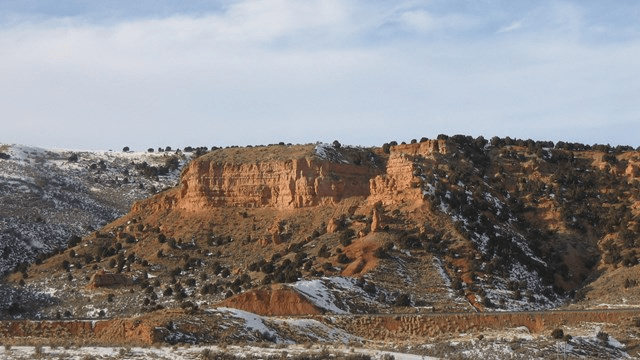
Mormon Trail
This dense cracker made from flour & water was a common, if difficult to chew, food staple on the trail.
- Hardtack, pemmican, or crispbread -
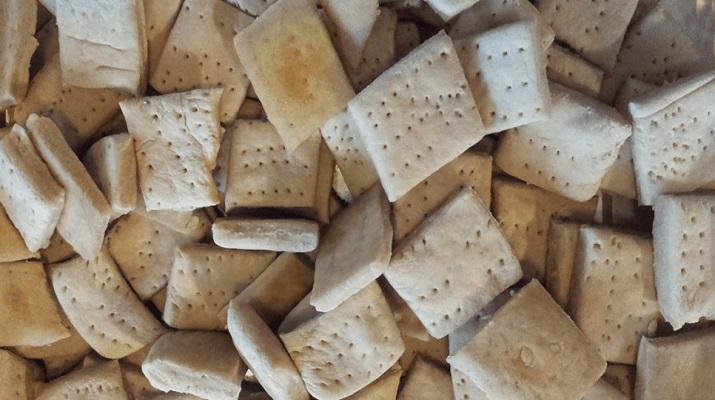
Hardtack
This leader led his followers, the Mormon pioneers, west to the Salt Lake Valley. He served as the first governor of the Utah Territory.
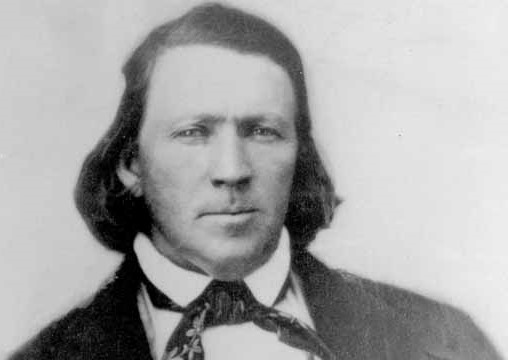
Brigham Young
Essential for sewing & mending clothes, needles were often made from wood or ___.
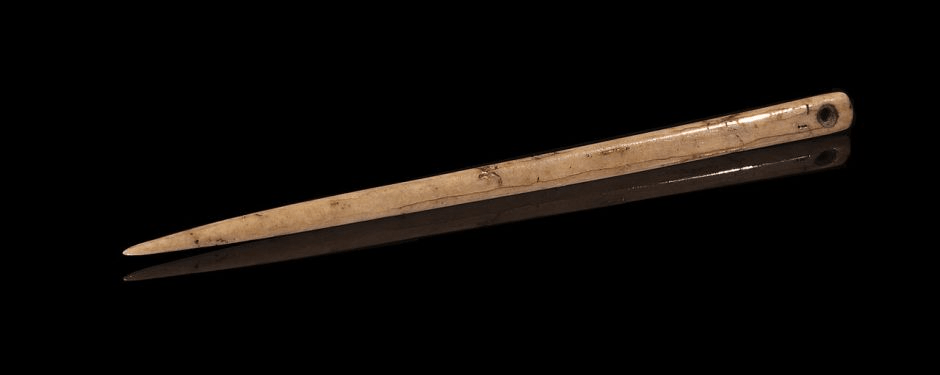
Bone
This wagon train was delayed by several mishaps, spending the winter snowbound in the Sierra Nevada mountain range. Some resorted to cannibalism to survive, mainly eating the bodies of the deceased.
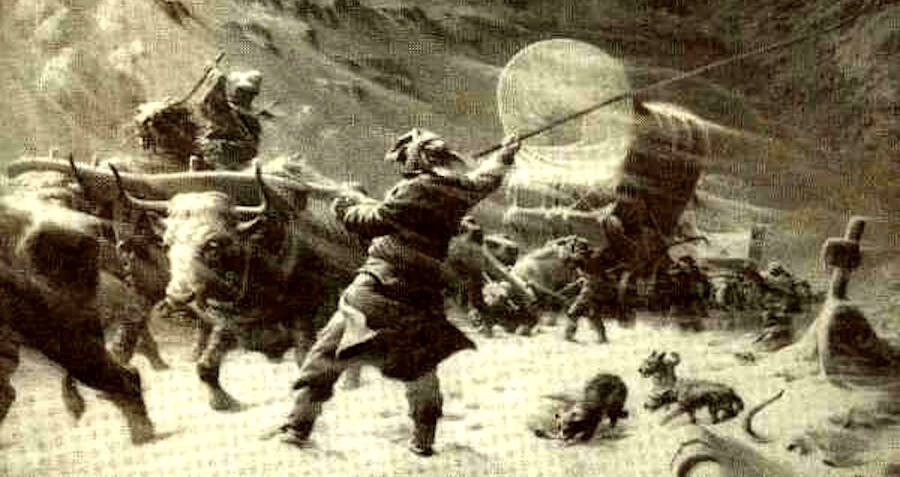
Donner Party
The Santa Fe Trail stretched from Missouri to Santa Fe, New Mexico. Used by settlers venturing into the Southwest, it was first established in the early 18th century for trade between the United States & this country.
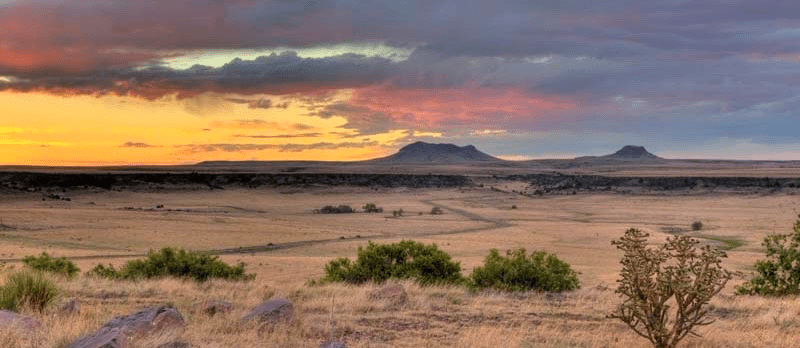
Mexico
When packing for the trail, 100 lbs per person of this meat was included due to it's ability to last weeks or even months before spoiling.
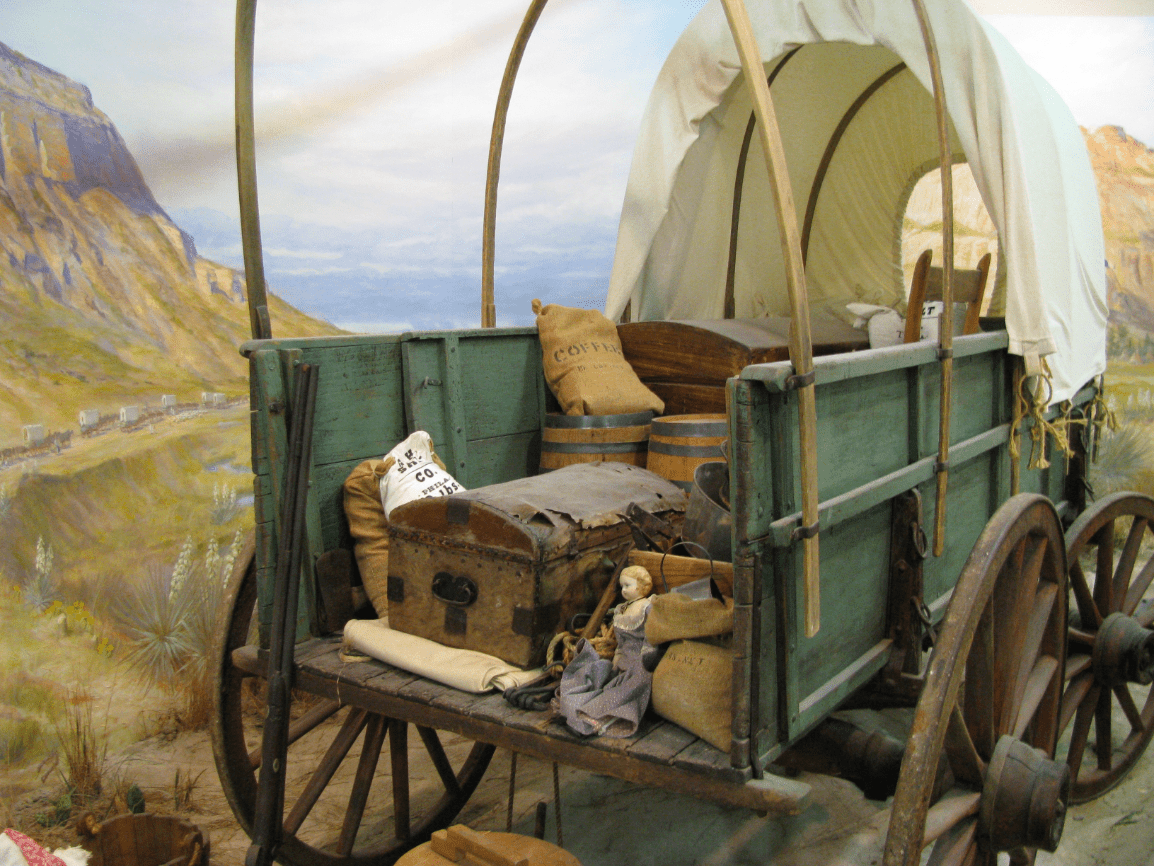
Bacon
These 2 men led a federal venture to explore the American West, surveying the Missouri & Columbia rivers, & locating routes that would connect the continental interior to the Pacific Ocean.
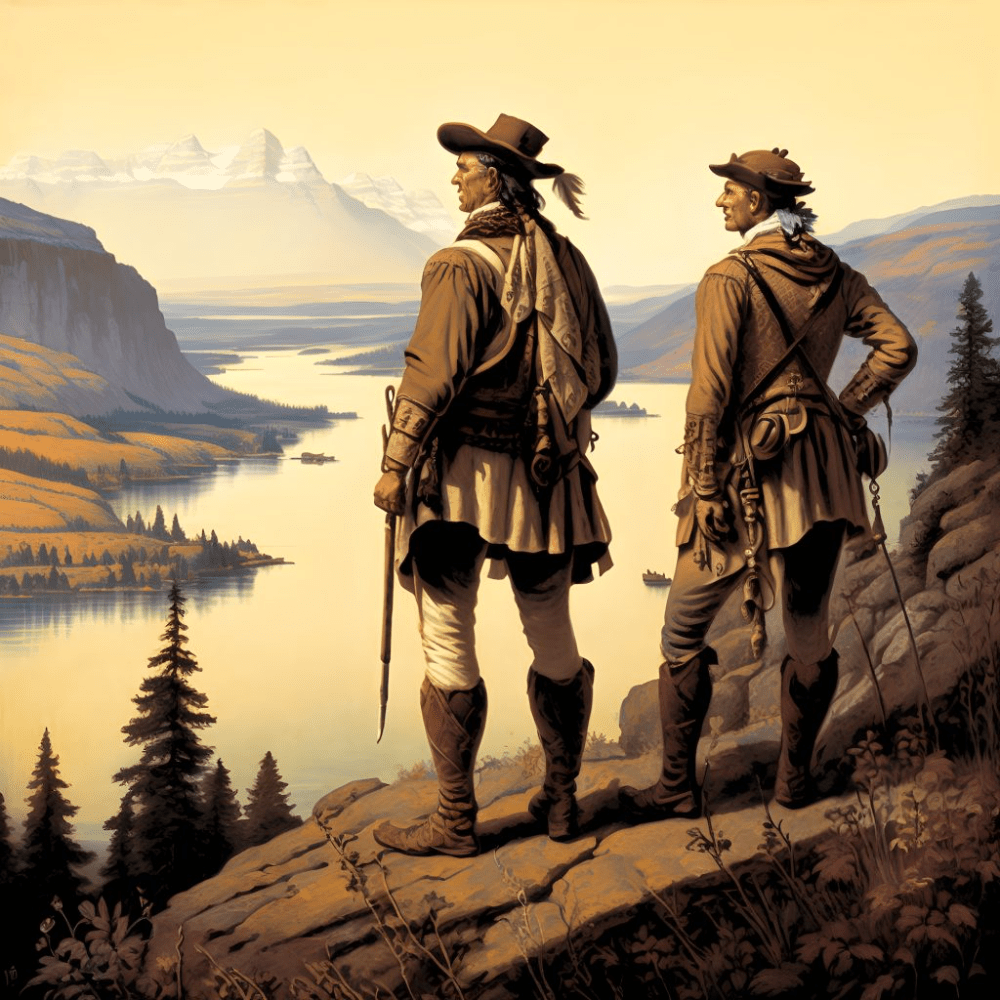
Lewis & Clark
A precursor to what vehicles use today, this device was mounted on a wagon wheel & used for measuring mileage. It was invented in 1847 by Mormon pioneers.
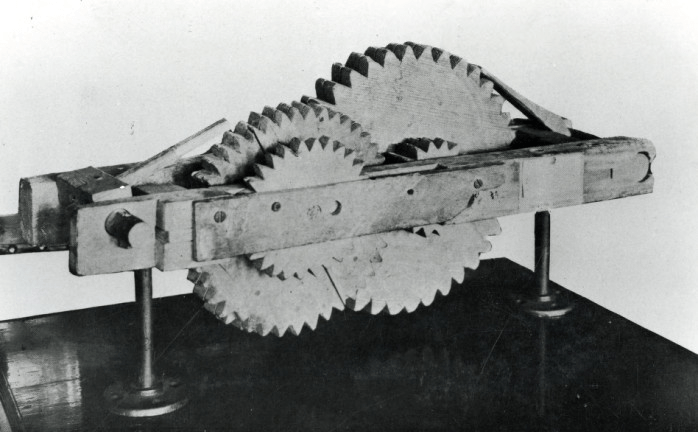
Rodometer (Odometer)
Many Native Americans succumbed to this illness brought by white settlers, for which they had no immunity.
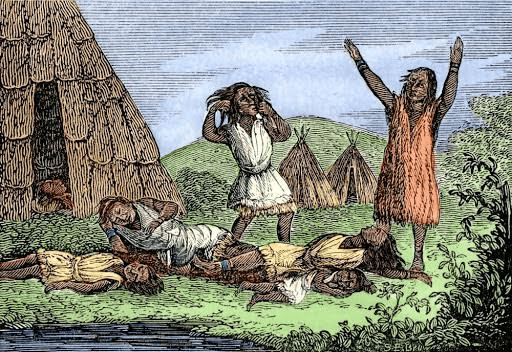
Smallpox
The California Trail branched off near present-day Idaho & led to California's fertile Central Valley. It saw a surge in use during this event of the 1840s.
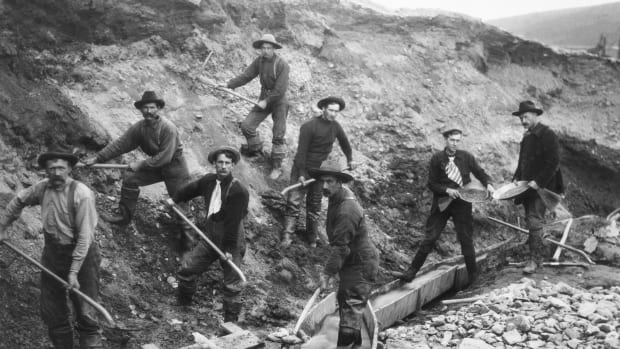
California Gold Rush
Most wagons had this item positioned at the back, consisting of a fold-down table surface & cabinets that contained food stuffs, utensils, plates, & other basics used for meals.
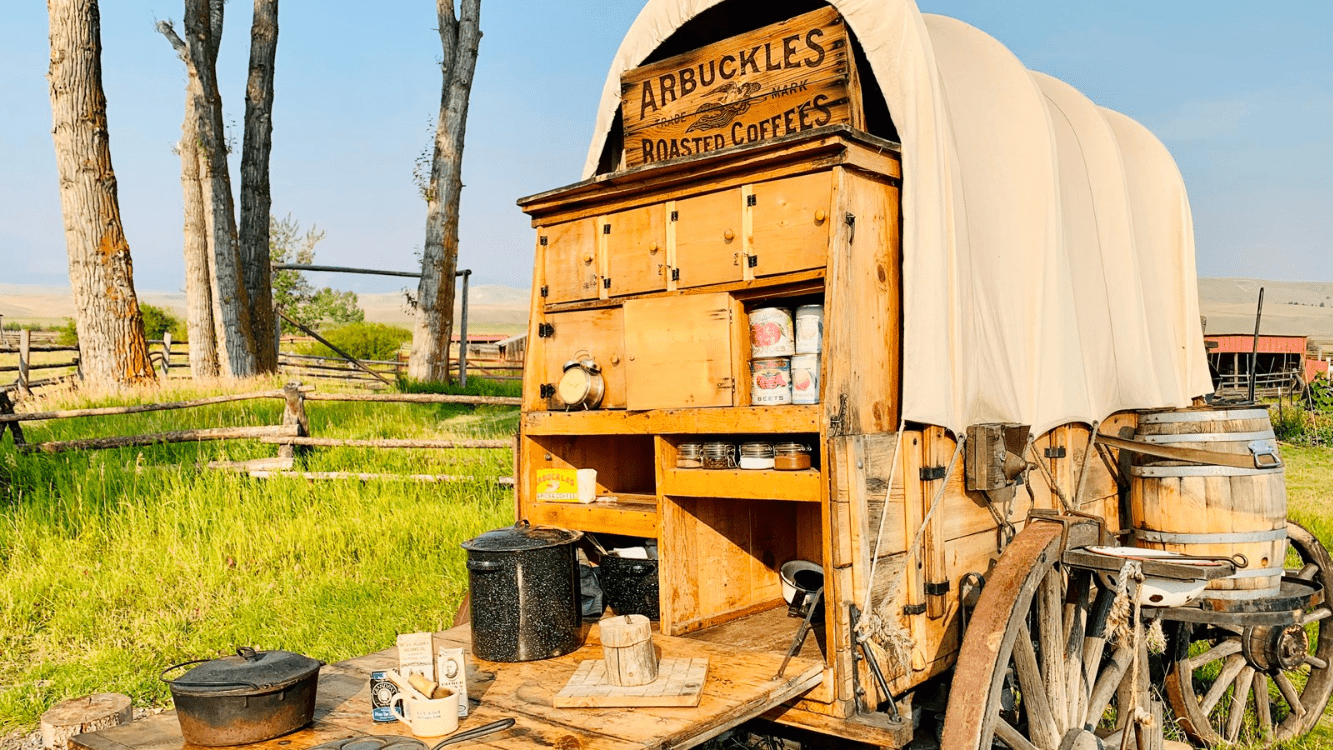
Chuck box
Considered the quintessential American pioneer, he became famous for his exploration & settlement of Kentucky, which was then beyond the western borders of the 13 Colonies.
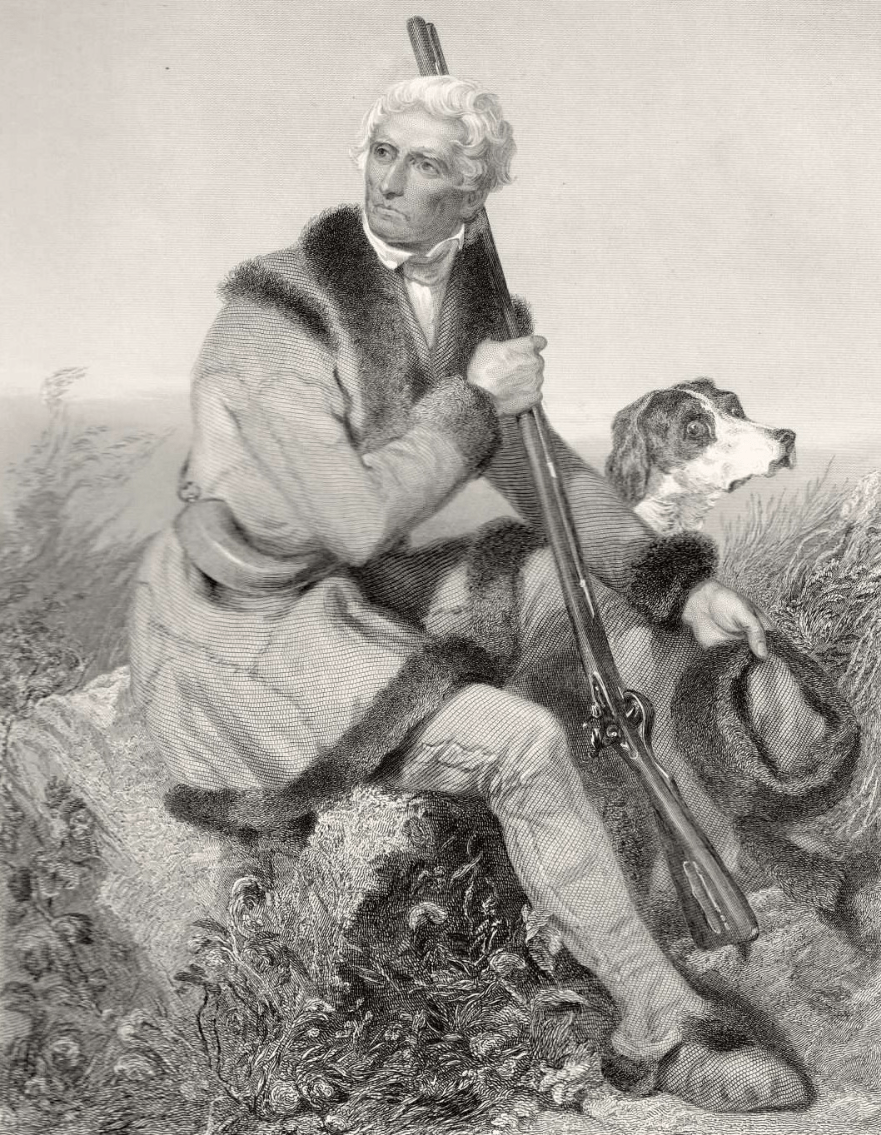
Daniel Boone
Most of the time, this type of blanket was constructed from scrap fabrics & worn-out clothes.
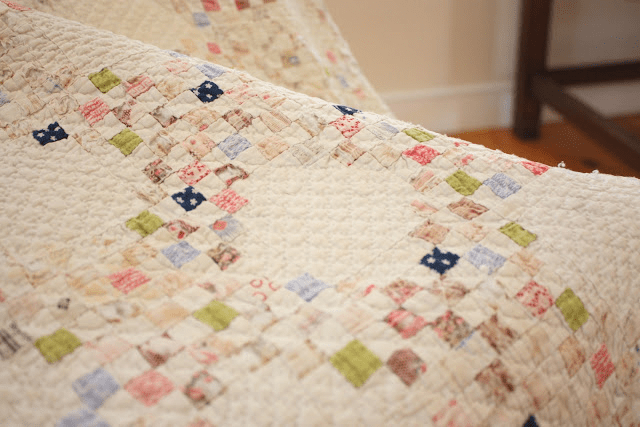
Quilt
This was a deadly consequence of poor sanitation on the trail, causing dehydration & muscle cramps.
- Scurvy, dysentery, or gangrene -
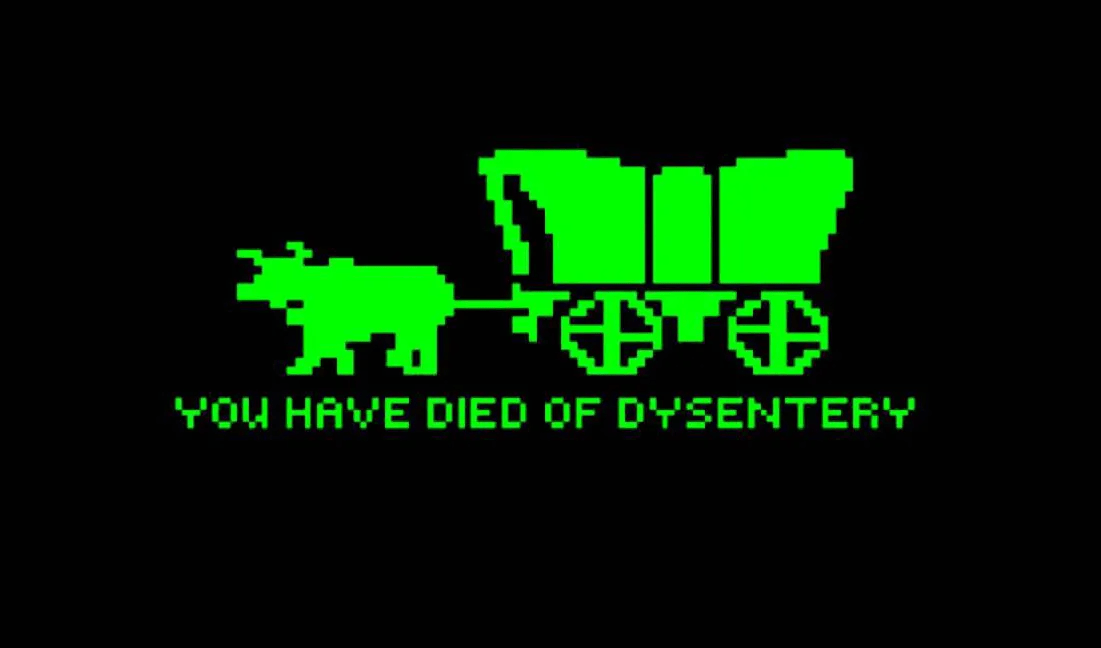
This iconic route stretched roughly 2,000 miles from Missouri to Oregon's Willamette Valley. It was used by hundreds of thousands of settlers between the 1840s & 1860s, particularly during the Oregon Country gold rush.
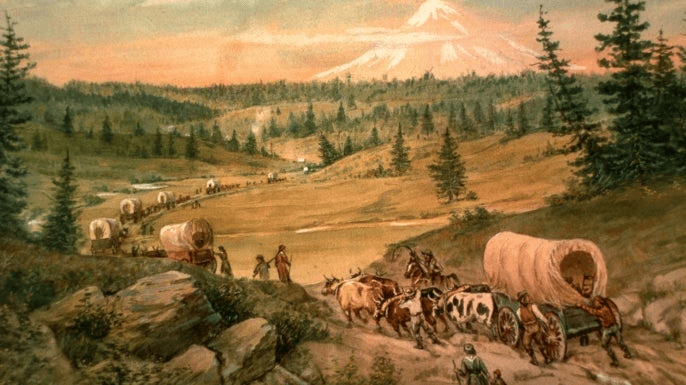
Oregon Trail
Sugar was a precious commodity. This more affordable sweetener, a byproduct of sugar refining, was often used in baking.
Molasses
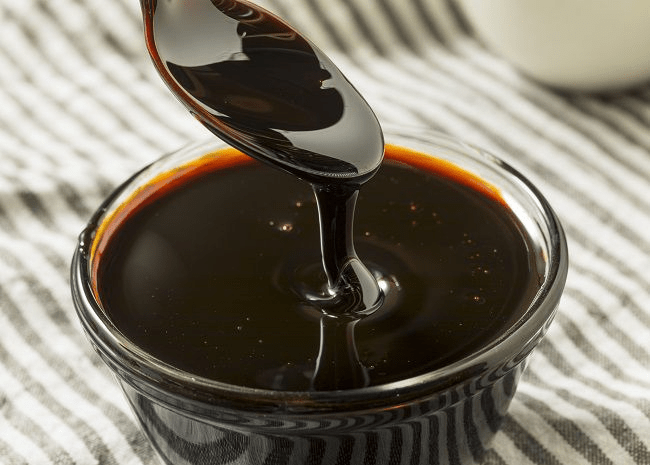
A missionary & trader who played a significant role in the Oregon Trail migration.
- Marcus Whitman, James Bowie, or Zebulon Pike -
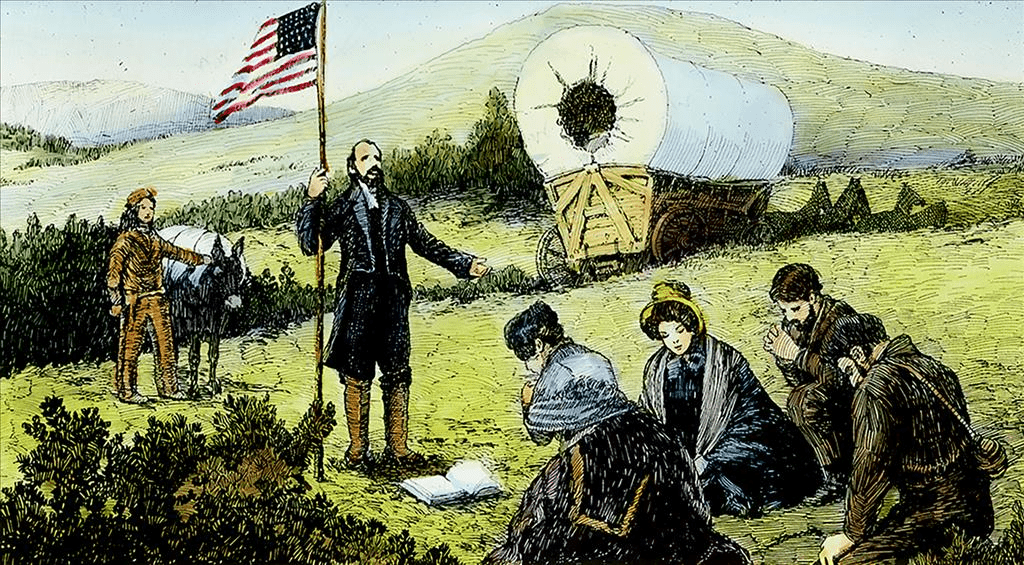
Marcus Whitman
Developed by the Church of Jesus Christ of Latter-day Saints in the mid-1850s, these were a much cheaper alternative to ox-drawn wagons, allowing more immigrants to travel at a faster rate.
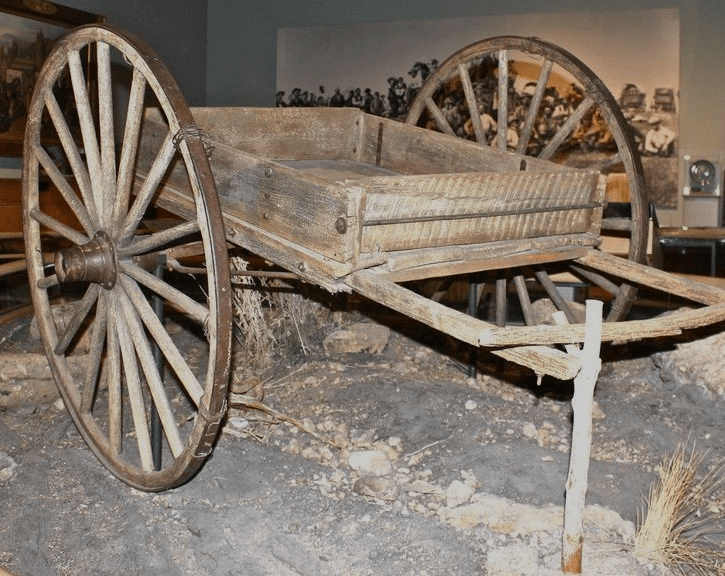
Handcarts
Pioneers used willow bark as a remedy for what?
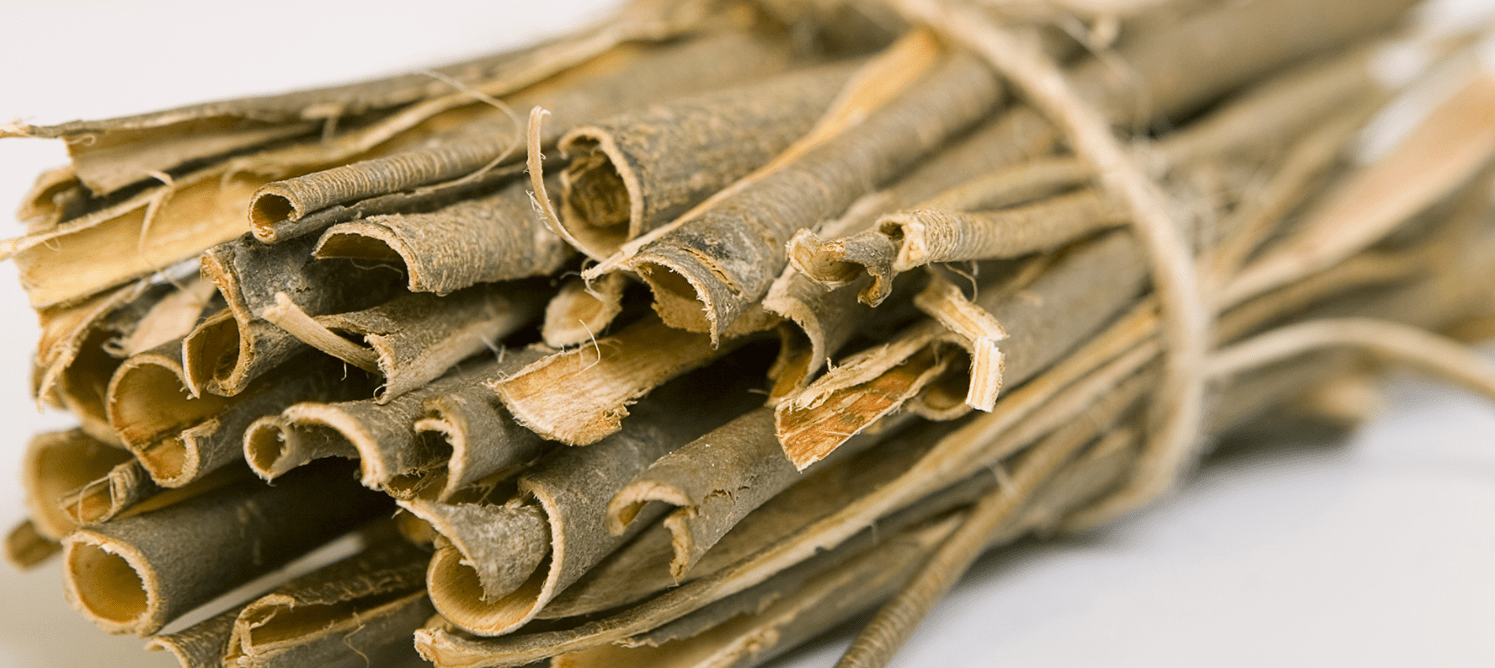
Pain
These were a network of routes used by ranchers to drive cattle from Texas to railheads in Kansas after the Civil War.
- Silk Road, Pony Express, or Texas Cattle Trails -
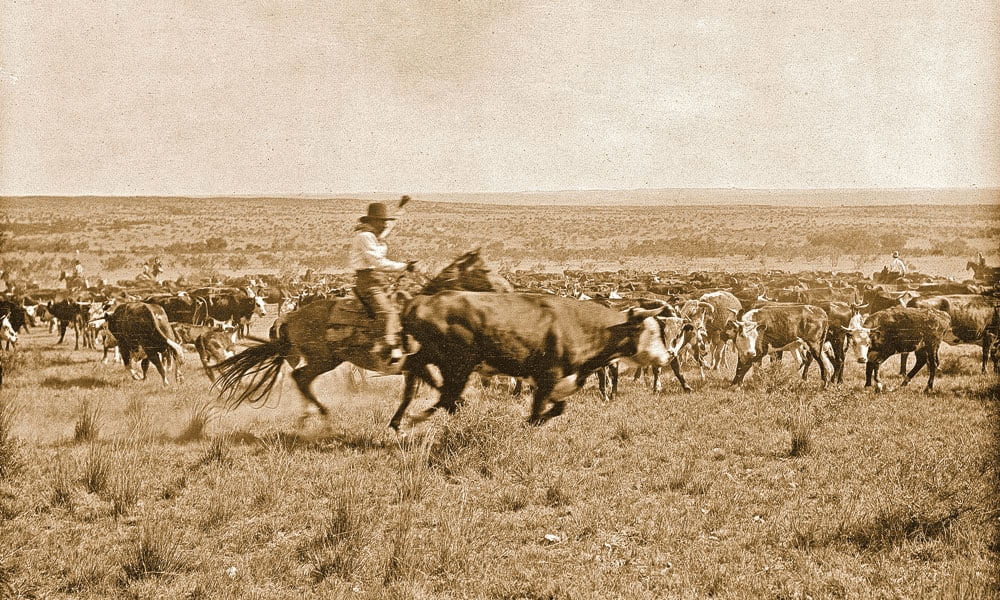
Texas Cattle Trails
Mormon pioneers used this thick-walled cast iron cooking pot with a tight-fitting lid.
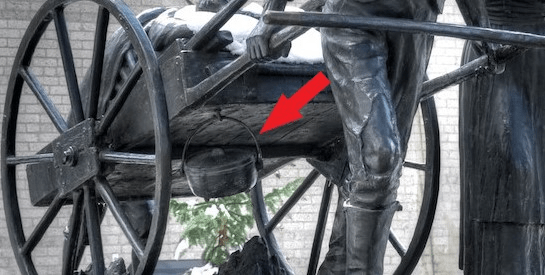
Dutch oven
A Lemhi Shoshone woman who served as an interpreter & guide for the Lewis & Clark Expedition.
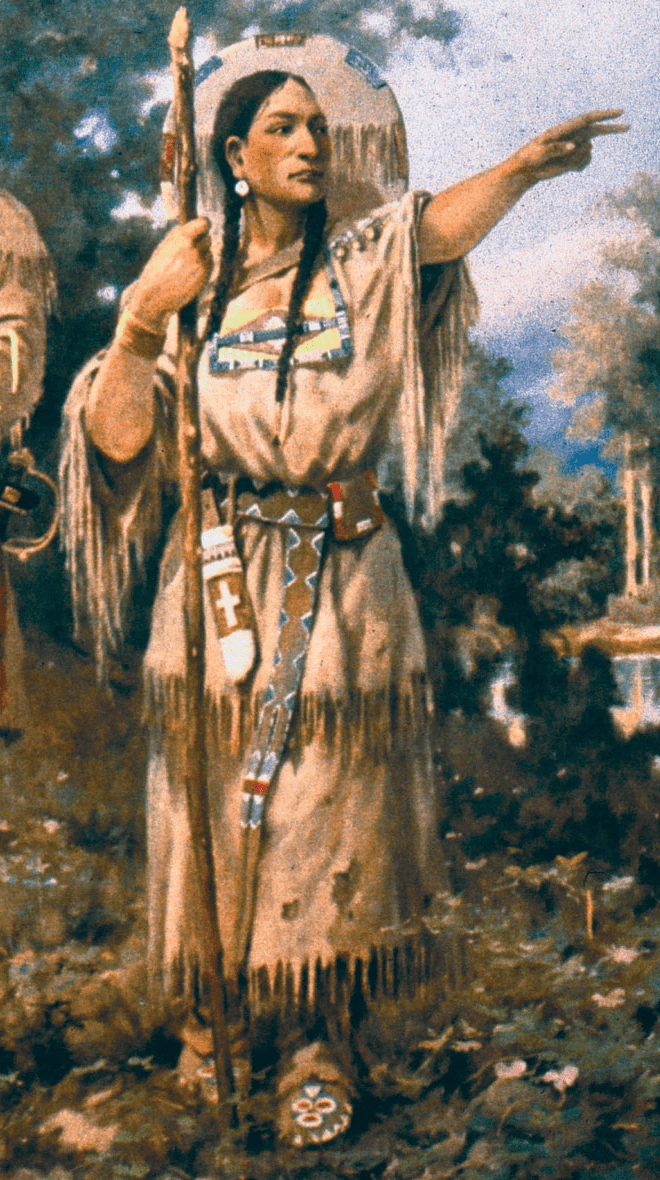
Sacagawea
Learning from Native American tribes when wood was scarce on the plains, pioneers used this readily available & reliable fuel source for cooking & warmth.
Buffalo chips
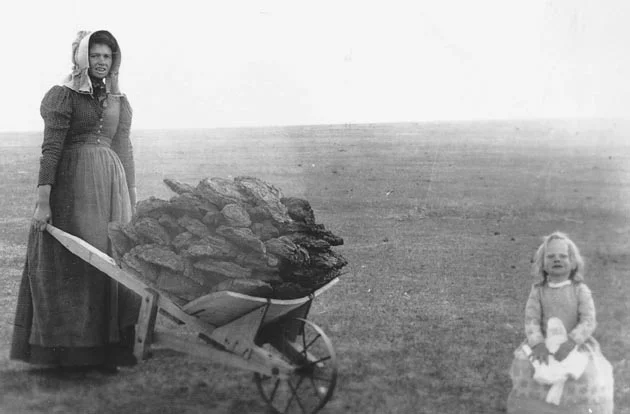
From 1847-1868, Mormon pioneers experienced a mortality rate of ___.
- 3.5%, 5%, or 7.5% -
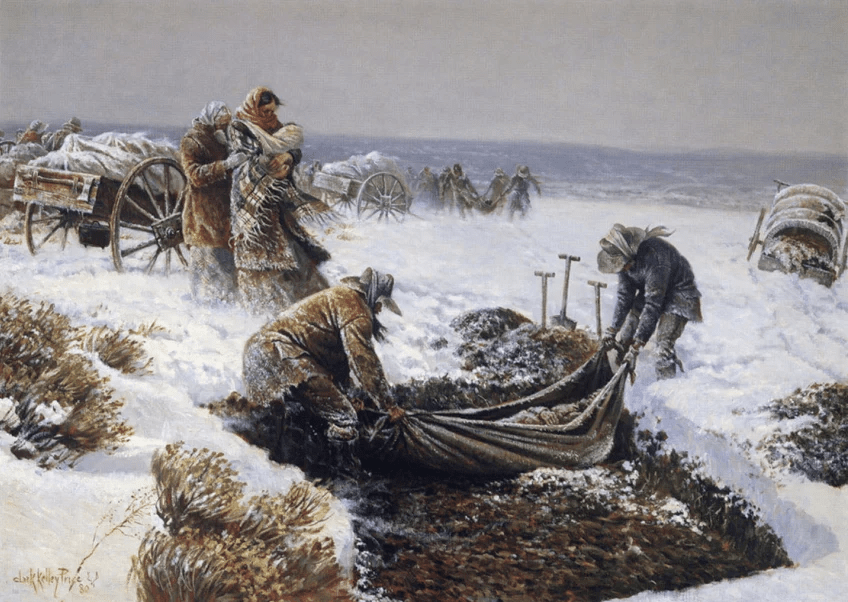
3.5%